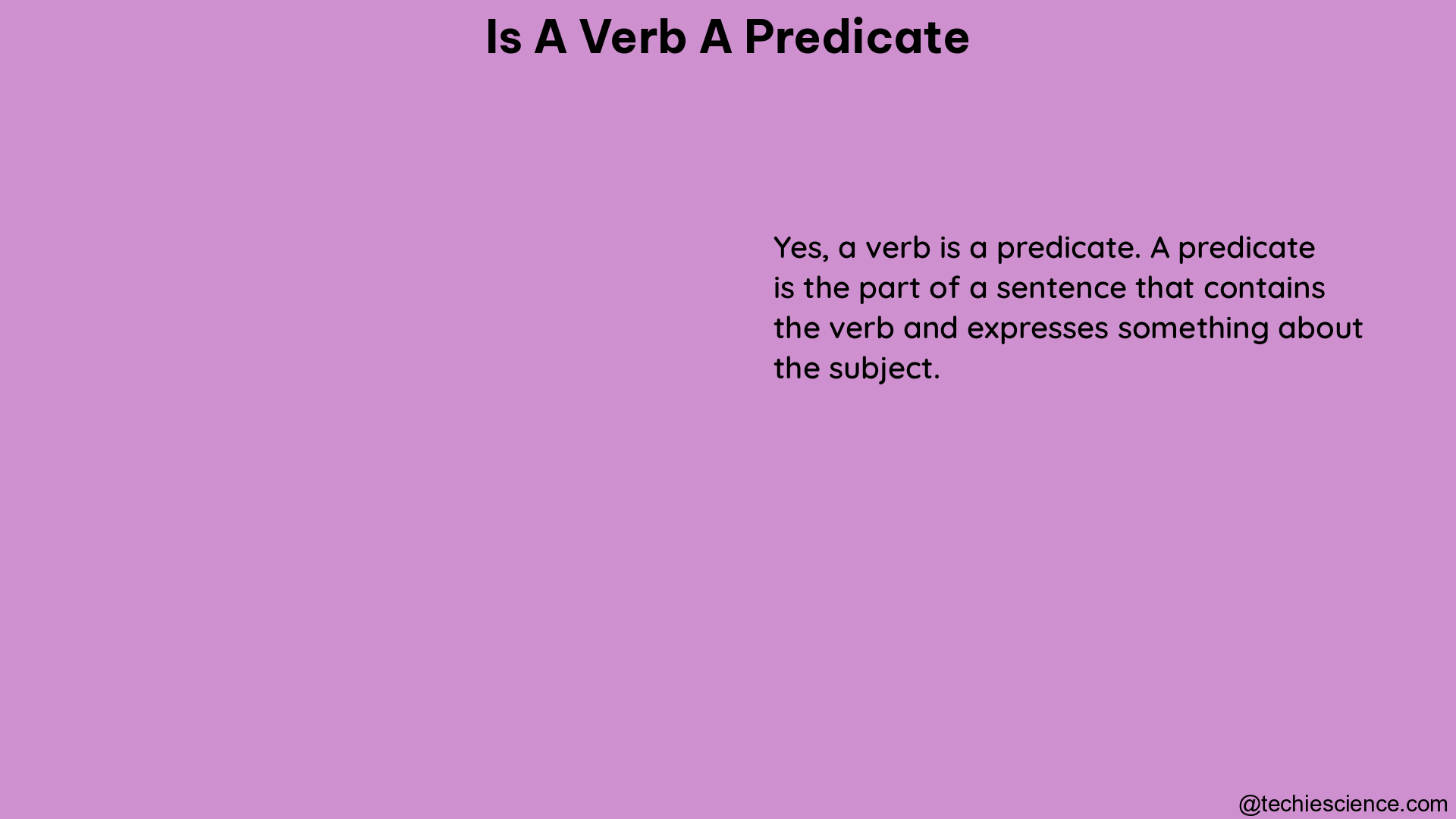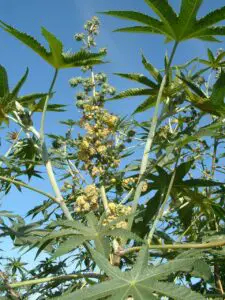In this article, we will learn how poetry sounds like music most of the times with the help of poetry consonance examples.
Consonance is the repetition of a phrase/sequence of two or more consonants in a poem or prose. The similarity in sound between two words, in poetry, is essential for the music it creates while reciting or reading the poem, and also that poetry is one of the most beautiful forms of literature.
1. I saw a Chapel by William Blake
I saw a chapel all of gold
That none did dare to enter in
And many weeping stood without
Weeping mourning worshipping
The sounds of ‘l’ ‘d’ and ‘g’ are used in this verse to create the effect of consonance, that builds rhythm.
2. On Seeing the Wind at Hope Mansell by Geoffrey Hill
Whether or not shadows are of the substance
such is the expectation I can
wait to surprise my vision as a wind
enters the valley: sudden and silent
The sounds ‘r’ and ‘s’ are used in this verse to create the effect of consonance. The ‘s’ sound is more prominent to engage the readers to pay more attention to the content of the poem, as reading the ‘s’ sound makes one pause several times.
3. The Fabric of Life by Kay Ryan
It is very stretchy.
We know that, even if
many details remain
sketchy. It is complexly
woven.
The sounds ‘s’ and ‘y’ are used in this verse to create the effect of consonance. The ‘y’ sound is repeated often to create rhythm and music in the poem.
4. Strange Meeting by Wilfred Owen
Courage was mine, and I had mystery;
Wisdom was mine, and I had mastery:
The sounds ‘m’ and the combination ‘ry’ that occurs twice at the end of the lines are used in this verse to create the effect of consonance, which achieves rhythm, while the ‘m’ sound implies music and emphasis.
5. The Lamb by William Blake
Little Lamb who made thee
Dost thou know who made thee
Gave thee life & bid thee feed.
By the stream & o’er the mead;
The sounds ‘l’ ‘d’ and the sequence ‘th’ are used in this verse to create the effect of consonance that occurs most of the time to create rhythm.
6. Meeting at Night by Robert Browning
The grey sea and the long black land;
And the yellow half-moon large and low;
And the startled little waves that leap
In fiery ringlets from their sleep
The sound ‘l’ specifically is used in this verse to create the effect of consonance, to create rhythm.
7. People by D.H. Lawrence
The great gold apples of night
Hang from the street’s long bough
Dripping their light
On the faces that drift below,
On the faces that drift and blow
The sounds ‘t’ ‘g’ ‘r’ and the sequence ‘th’ are used in this verse to create the effect of consonance. Every line has a different consonant sound.
8. Never Seek to Tell thy Love by William Blake
Never seek to tell thy love
Love that never told can be
For the gentle wind does move
Silently invisibly
The sounds ‘l’ ‘t’ and the sequence ‘ly’ are used in this verse to create the effect of consonance, that expresses the poet’s message musically.
9. She Walks in Beauty By Lord Byron
She walks in beauty, like the night
Of cloudless climes and starry skies;
And all that’s best of dark and bright
Meet in her aspect and her eyes;
The sound of ‘s’ ‘t’ ‘cl’, and ‘r’ are used to create the effect of consonance, that beautifies this verse, which is why this is one of the famous poems.
10. Undone Song at Neap Tide By Kathryn Starbuck
When the worry of this undone song unsung so long
so loud my head I went inside and under to let the flood run free
The sounds are in sequence in the first line, i.e., ‘un’ and ‘ng’. In the next line, the sound of ‘d’ is prominent, altogether the poet uses these sounds to achieve the effect of consonance.
11. You That I Loved By A. F. Moritz
You that I loved all my life long,
you are not the one.
You that I followed, my line or path or way,
that I followed singing, and you
The sounds used in this verse are ‘y’ and ‘l’ to create the effect of consonance which builds emphasis around the poem.
12. Magic By Louis Untermeyer
We passed old farmer Boothby in the field.
Rugged and straight he stood; his body steeled
With stubbornness and age.
The sounds used in this verse are ‘f’ and ‘s’ to create the effect of consonance that builds rhythm.
13. We Real Cool by Gwendolyn Brooks
The Pool Players.
Seven at the Golden Shovel.
We real cool.
We Left school.
The sounds used in this famous poem are ‘p’ ‘s’, and ‘l’ to create the effect of consonance that builds into a lyrical poem.
14. Obbligato By Bruce Smith
Late August was a pressure drop,
rain, a sob in the body,
a handful of air
with a dream in it,
The sounds used in this verse are ‘d’ and ‘s’ that are repeated in each line to produce rhythm and create the effect of consonance.
15. To a Greek Marble By Richard Aldington
Pótuia, pótuia
White grave goddess,
Pity my sadness,
O silence of Paros.
The sounds used in this verse are ‘p’ ‘g’, and ‘s’ creating the effect of consonance that builds into a beautiful devotional lyric.
16. Tenderness and Rot By Kay Ryan
Tenderness and rot
share a border.
And rot is an
aggressive neighbor
whose iridescence
keeps creeping over.
The sounds used in this verse is predominantly ‘r’ suggesting an unpleasant sound and a consonance that builds into a sad poem.
17. The Spider By Richard Eberhart
Caught in nature, summer and winter
You are the symbol of the seasons too.
The sounds used in this verse are ‘r’ and ‘s’ to create the effect of consonance that makes the poem lyrical.

Why To Use Poetry Consonance?
Consonance in poetry is used to make the verse more melodious, all the while keeping the imagery, themes, and metaphors intact. Poets use it to give edge and music to their poems, to increase the reader’s curiosity.
How To Use Poetry Consonance?
The usage of consonance can be difficult at first, but the reader can choose a topic or theme on which they would like to write and choose similar sounding words, specifically consonant sounds to get the effect of their poetry.
Where To Use Poetry Consonance?
Poets take creative liberty and use it anywhere in their verse, it can be used four times in a line of a verse or just four times in a stanza in a verse. The aim is to create rhythm through these consonant sounds, which convey the sentiments of the poem.
When To Use Poetry Consonance?
Consonance can act as a medium to build suspense and drama, it can also be used to give a comic and rhythmic effect to a poem, depending upon the poet, and what they want to express through their poetry.
Conclusion
This article explores the intricacies in a poem with the help of varied poetry consonance examples, to help the readers understand its usage in verse, prose, as well as literary fiction.




